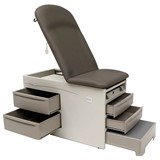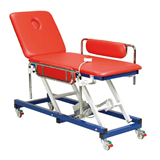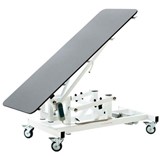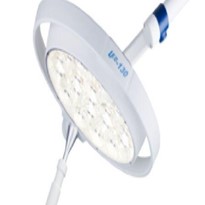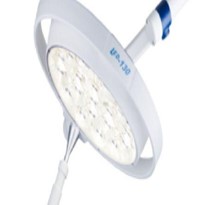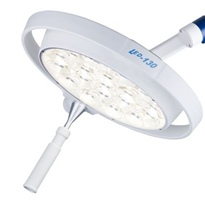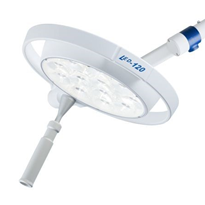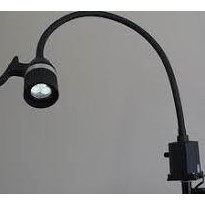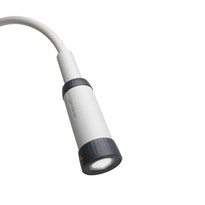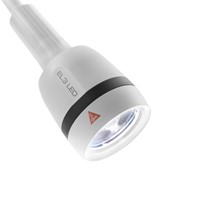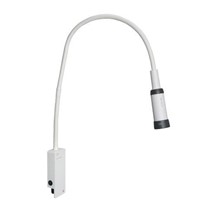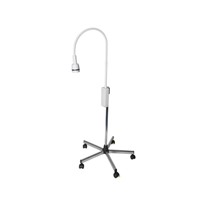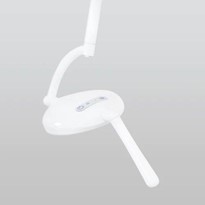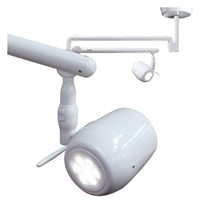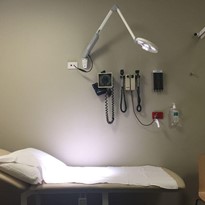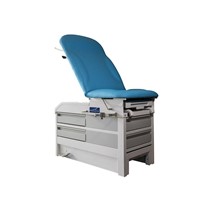Also used in:
Neo-Natal/Infant Care Units (NICU), Examination Rooms, Consultancy Rooms, Burns Wards, Oncology Treatment Rooms, Dialysis Treatment Rooms and Veterinary Practices.
Key Features of Examination Lights
- Use – Examination of wounds, provision of additional light for inserting needles.
- Light Intensity – Examination Lights have light intensities ranging from 20,000Lux to around 50,000Lux.
- Fail Safe Features – Examination Lights typically do not have any fail safe features, as use of an Examination Light should not be used for procedures which could affect patient safety if the light fails.
- Shadow Reduction – Examination Light typically only have small light head diameters, from 50mm to approx 200mm, thus they provide only minimal shadow reduction.
- Cost – Examination Lights have to be cost effective so that they can be fitted in as many places in Clinical Facilities as possible, for the convenience of clinicians
- May be connected to a suitable emergency power supply so surgery can be continued during a power failure


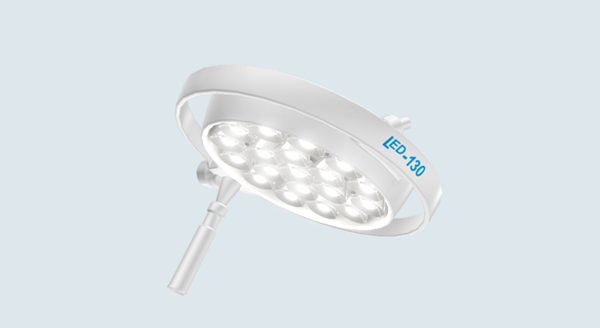



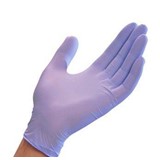





-160x160-state_article-rel-cat.png)

